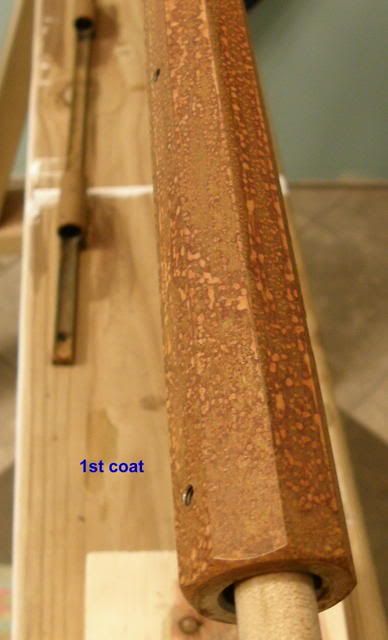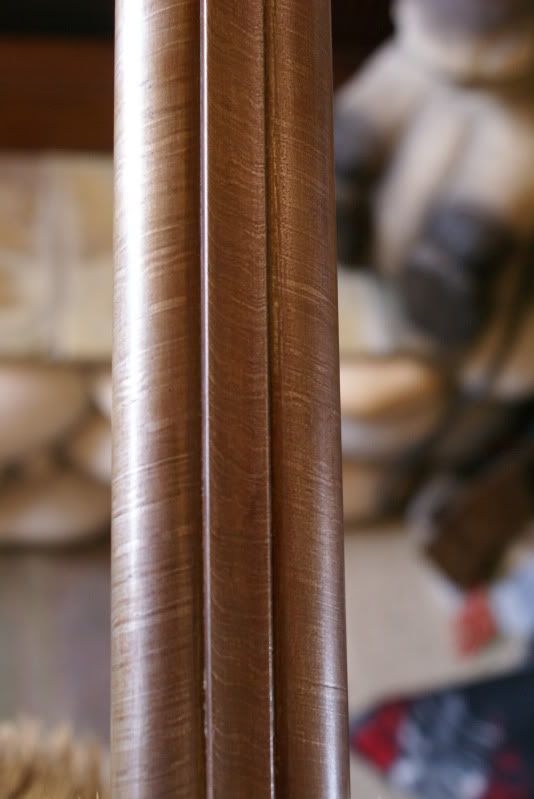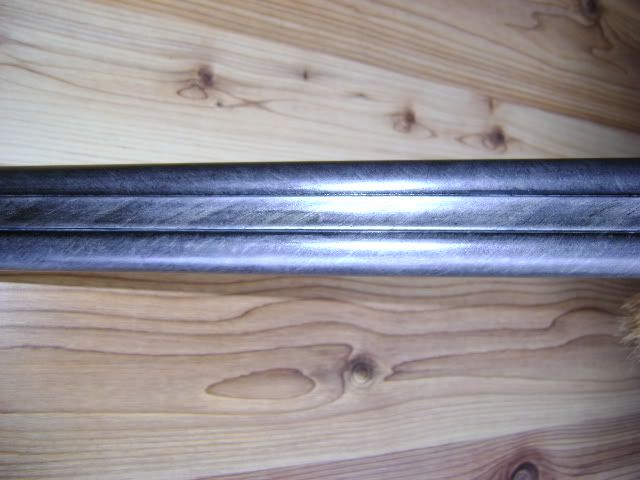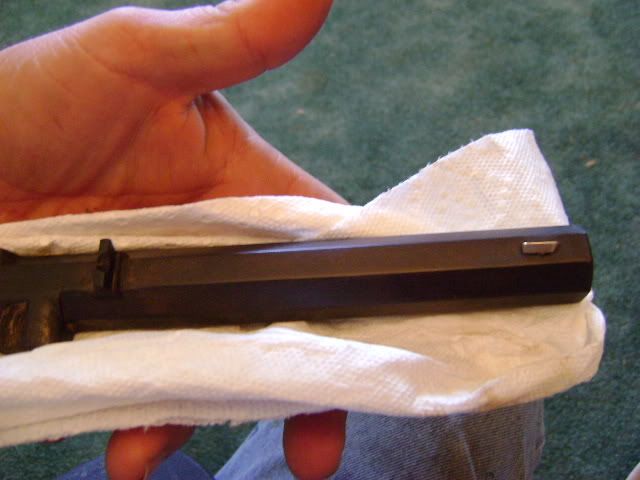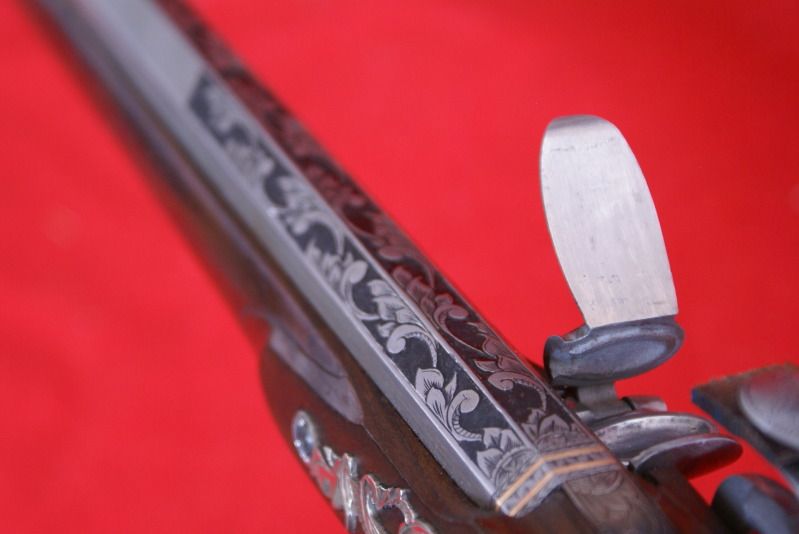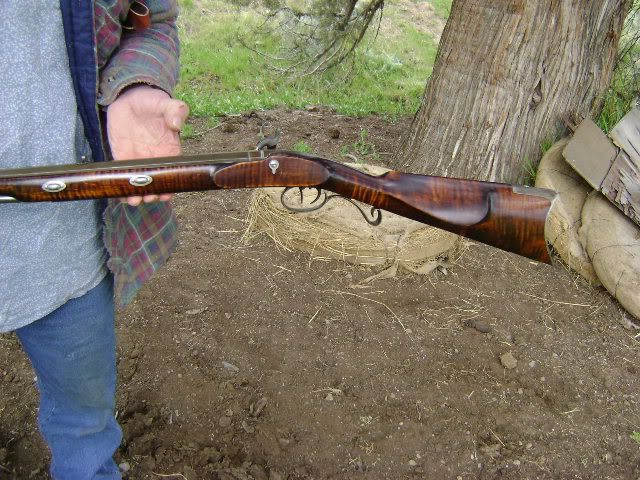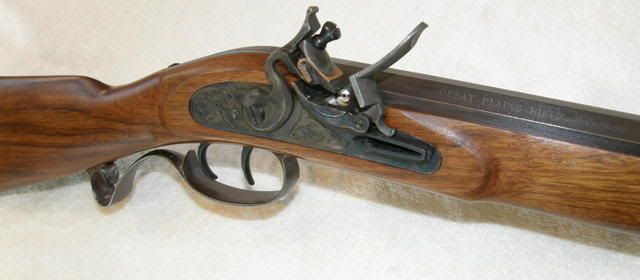Well if you obsessed with the bess , then your probably going to want it in the bright Or a French grey color which can be produced by knocking the blue back with Navel jelly . IE you get a deep grey color
As to browning .
Browning and rust black , is just rusting .
The difference is that red iron oxide converts to Black iron oxide when its subject to heat , oxygen and hydrogen . IE when b red iron oxide is boiled in water , it will convert to Black .
So basicly anything you use that stimulates rusting will start to produce the brown your asking about . As the rust begins to grow , its carded back to remove the large . Thus leaving only the finer rust. Repeated rusting and carding then builds a nice , smooth and even brown color . Once you reach the depth of color you want , the rust is then neutralized with oils
Any of the products mention will work OR you can simply strip the barrel and then place it in a damp box . The humidity of the box will begin to produce your brown .
Depending on how much iron is in your barrel , dictates how fast the rusting will happen . Thus a damp box can be as fast as using any of the products like laurel Mt
Now here is a photo of a Clorox brown on an old set Damascus of SXS barrels that I did .
The barrel on the left has been carded , the barrel on the right had yet to be carded .
Now let me say that this process is very quick . But it also takes a well ventilated area.
Its also different then Antiquing a barrel which gives a somewhat pitted surface
First the barrel is heated to the point water will sizzle . You DON’T want to heat it to the point it the steel changes color .
WEAR RUBBER GLOVES!!!!
Once the barrel is hot , you wipe it down with bleach. The bleach will then instantaneously brown , then produce a white coat . continue heating down the barrel tell you have complete coverage. Let the barrel cool , then card and repeat tell you get the depth of color you want ..
If you want a black , simply boil the barrel between rusting coats
bleach rusted "Brown" barrels
bleach rusted " Blue " barrels
Bleach rusted "Black" after 1 pass
french grey
now if you rubb a cold blued barrel back with bleach , using a soft cloth and rubbing , you can then get a Remington Green as seen on this barrel

